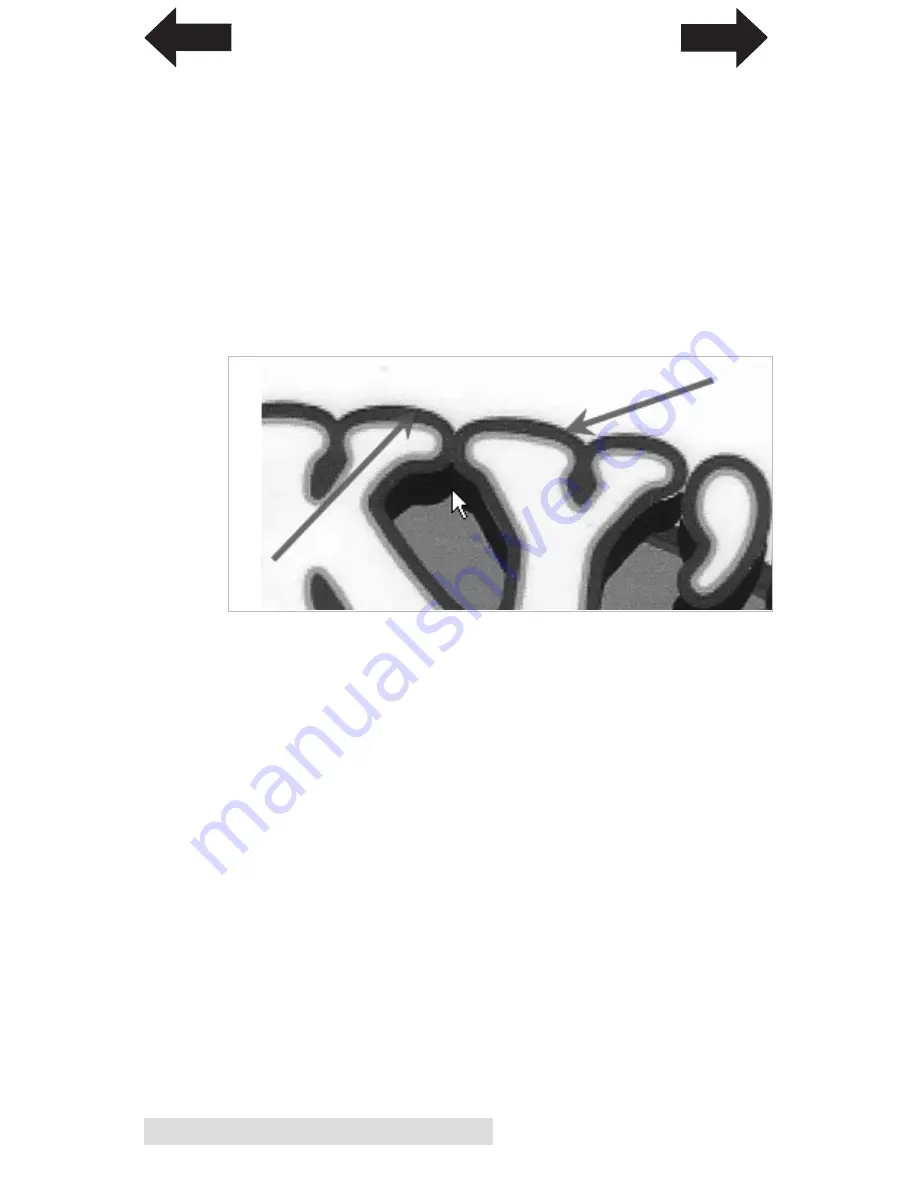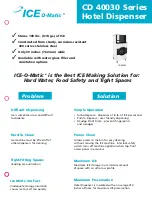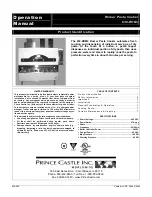
70
Troubleshooting and Maintenance
2.
Resolution.
Resolution is measured in dots per inch or dpi.
300 dpi is sufficient to get the best possible quality from
most images. A 72 DPI image will look fine on screen but
WILL NOT print well. Graphics and logos found on
websites are typically 72 DPI. The image below was printed
from a 72 DPI image. Notice the jagged edges. Remember,
print quality settings found in the label printer driver will
have no effect on improving a low dpi source image.
On the other hand, resolutions higher than 300 DPI will not
produce better quality but may require more RAM to print
and hard drive space to store. They could even slow down
the print process.
3.
Image File Format.
Most graphics are created in a graphic
application. Since this graphic application is not usually on
the same computer as the label printer doing the printing, it
is necessary to export the graphic into a universal format
that can be read by other programs. We recommend TIF
and BMP files for graphics. These formats are
uncompressed. JPG files also work well for graphics that
include photographs. All three formats can be imported
into the BarTender application.
4.
Color Mode.
Set the color mode in the source graphic
application to CMYK. In most cases this will produce the
most accurate color reproduction of the image on screen.
However, if CMYK is not producing the desired color
matching try changing the source image to RGB and then
exporting the image again in one of the universal formats
mentioned above.
72 DPI Image printed with the LX910
INDEX
TOC










































